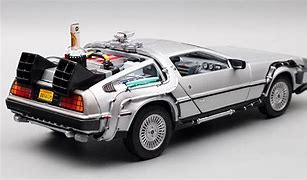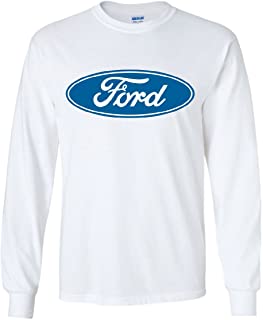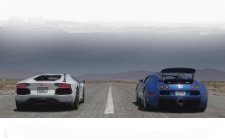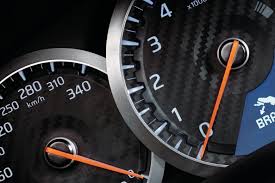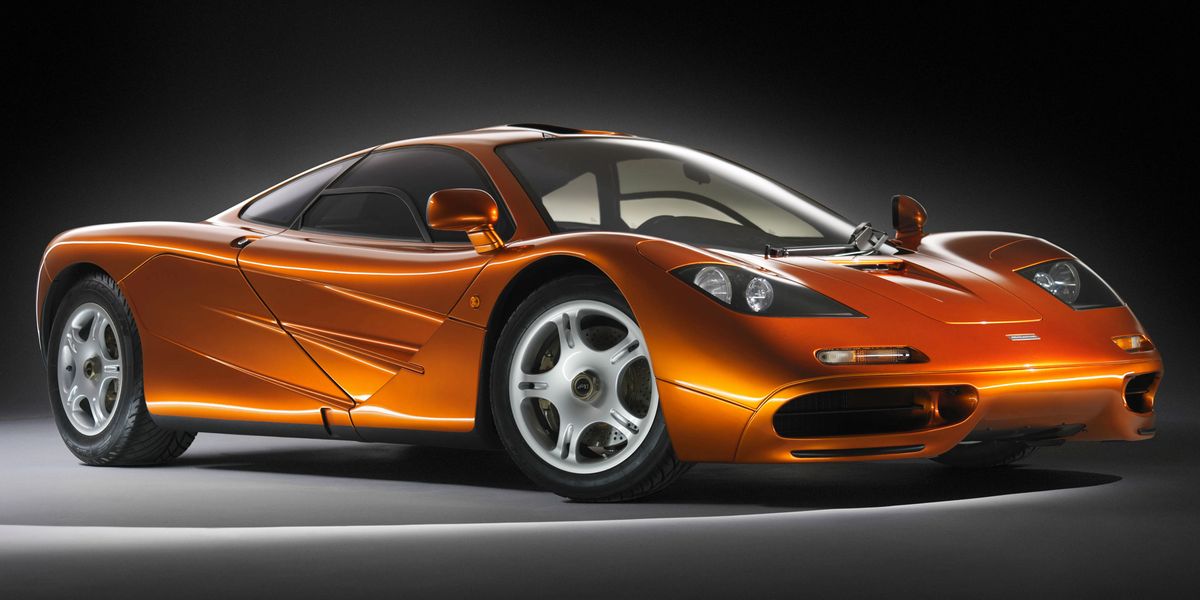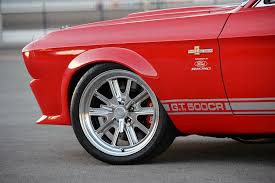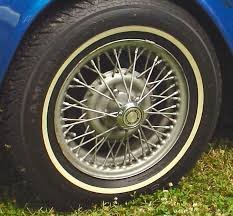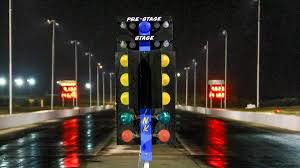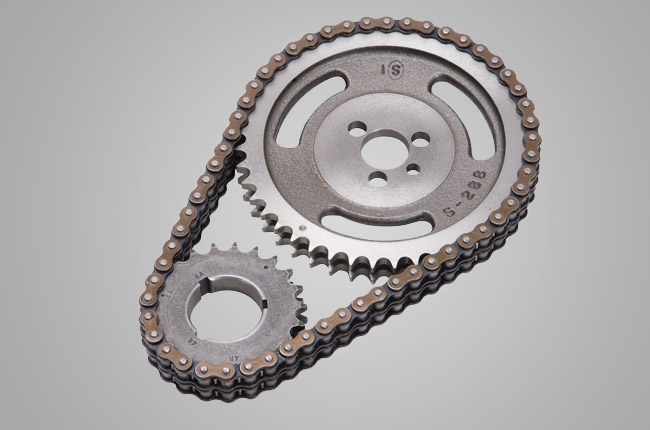A brief history of
TVR
Introduction
The car manufacturer TVR has made an important impact on the automotive world. In this article we will give a brief but detailed history of the TVR marque.
We will look at the origins of TVR looking at who, why, where and when TVR was founded. We'll look at the design of the iconic TVR logo and what are some the more significant TVR models.
We'll take a glance at what racing history the TVR has and who some of the most important people have been in the history of TVR over the years.
Who, where, when and why was
TVR founded?
TVR, a renowned British car manufacturer, was founded in 1947 by Trevor Wilkinson. Wilkinson's passion for sports cars and his desire to build high-performance vehicles led him to establish TVR in Blackpool, England. The company's name is derived from its founder's initials, Trevor Wilkinson Racing.
Wilkinson's vision for TVR was to create lightweight and agile sports cars that offered exhilarating performance and a thrilling driving experience. He initially focused on designing and building custom bodies for existing car chassis. However, by 1949, TVR had produced its first complete car, the TVR Sports Saloon. This marked the beginning of TVR as an independent automaker, manufacturing its own cars from the ground up.
The early years of TVR were characterized by the production of low-volume, hand-built sports cars that were known for their distinctive designs and impressive performance. Wilkinson's emphasis on lightweight construction and powerful engines attracted a loyal following of driving enthusiasts. The company's cars featured innovative engineering and unique bodywork, setting them apart from other manufacturers in the industry.
In the 1950s, TVR expanded its lineup with models like the Grantura and the Tuscan. These cars showcased TVR's commitment to pushing the boundaries of performance and design. The Grantura, introduced in 1958, was a lightweight fiberglass-bodied coupe that offered exceptional handling and agility. The Tuscan, unveiled in 1967, featured a striking design and a powerful inline-six engine, solidifying TVR's reputation as a manufacturer of high-performance sports cars.
Throughout its history, TVR faced financial challenges and ownership changes, but its commitment to producing exciting and dynamic cars remained steadfast. In the late 1990s, TVR experienced a renaissance under the ownership of Peter Wheeler. Wheeler's tenure saw the introduction of iconic models like the TVR Cerbera, Tuscan, and Sagaris. These cars captured the essence of TVR's heritage while incorporating modern technology and engineering advancements.
TVR's unique approach to car manufacturing, with an emphasis on performance, design, and driving engagement, attracted a dedicated following of enthusiasts. The brand's cars were known for their raw and exhilarating driving experiences, making them highly sought after by driving enthusiasts around the world.
Unfortunately, TVR faced financial difficulties in the early 2000s, leading to a temporary halt in production. However, in recent years, the brand has undergone a revival under new ownership, promising a return to its roots of producing thrilling sports cars. With the upcoming launch of new models like the TVR Griffith, the future of TVR looks promising.
Today, TVR remains an iconic British brand, renowned for its unique design language, powerful engines, and exhilarating performance. The company's legacy as a manufacturer of handcrafted sports cars continues to capture the imagination of automotive enthusiasts, keeping the spirit of TVR alive for generations to come.
How did the
TVR logo originate?

How did the TVR logo originate?
The logo of TVR has evolved over the years, reflecting the brand's journey and its commitment to producing high-performance sports cars. The earliest logo design featured the initials "TVR" in a simple and elegant script font. This logo represented the company's founder, Trevor Wilkinson, and his vision for the brand.
In the 1960s, as TVR gained recognition for its dynamic sports cars, the logo underwent a transformation. It introduced a shield-shaped emblem with the letters "TVR" prominently displayed. The shield design symbolized strength, reliability, and the brand's commitment to performance. The bold and distinctive font used for the letters conveyed a sense of energy and excitement, perfectly capturing the spirit of TVR's sports cars.
As the brand progressed into the modern era, the logo underwent further refinements. In the 1980s, TVR introduced a new emblem that featured a stylized representation of a mythical griffin, known as the "TVR Griffin." This logo incorporated the griffin's head and wings into a dynamic and eye-catching design. The griffin, a creature associated with power and agility, perfectly embodied the essence of TVR's performance-oriented cars.
In recent years, TVR has unveiled a refreshed logo that pays homage to its heritage while embracing a contemporary aesthetic. The current logo retains the iconic griffin emblem but presents it in a more streamlined and modern form. The logo features clean lines and a sleek appearance, representing the brand's commitment to innovation and its focus on producing cutting-edge sports cars.
The evolution of the TVR logo reflects the brand's growth and evolution over time. It showcases the company's dedication to producing high-performance vehicles and capturing the essence of driving excitement. The logo not only serves as a visual representation of the brand but also embodies the values and aspirations that TVR stands for.
What are some of the significant
TVR models?
TVR, a manufacturer known for its high-performance sports cars, has produced several significant models throughout its history. Each of these models has contributed to the brand's legacy and has captivated driving enthusiasts with their exceptional performance and distinctive design.
In the early years, TVR introduced the Grantura, a model that showcased the brand's commitment to lightweight construction and agility. The Grantura, first launched in the late 1950s, featured a fiberglass body and a range of engine options, including powerful V8 engines. Its lightweight design, combined with its potent powertrain, made it a formidable competitor on both road and track.
Another iconic TVR model from the 1960s was the Tuscan. The TVR Tuscan was known for its striking design and exhilarating performance. It featured a powerful inline-six engine and a lightweight body, making it an agile and dynamic sports car. The Tuscan's sleek and aggressive styling turned heads wherever it went, and its performance capabilities garnered attention in various racing events.
As TVR entered the 1970s and 1980s, it continued to push the boundaries of performance with models like the TVR 3000M and the TVR Tasmin. The TVR 3000M, introduced in the early 1970s, featured a sleek and aerodynamic design. It offered impressive acceleration and handling, thanks to its powerful engine and lightweight construction.
The TVR Tasmin, unveiled in the 1980s, was a significant milestone for the brand. It marked the introduction of a new era for TVR, with a focus on refined design and improved technology. The Tasmin featured a more comfortable interior and advanced engineering, while still maintaining its sporty characteristics and exhilarating performance.
In the 1990s, TVR captivated enthusiasts with the introduction of the TVR Griffith. The Griffith embraced the brand's heritage while incorporating modern advancements. It featured a muscular design, powerful engines, and outstanding performance. The Griffith became a symbol of TVR's commitment to creating cars that deliver an engaging and thrilling driving experience.
As TVR moved into the new millennium, it unveiled the TVR Sagaris. The Sagaris embodied TVR's uncompromising approach to performance. With its bold and aggressive styling, lightweight construction, and a range of potent engines, the Sagaris was a track-focused sports car that offered blistering acceleration and exceptional handling.
Throughout its history, TVR has consistently pushed the boundaries of performance and design, capturing the essence of what makes a true sports car. From the early Grantura and Tuscan to the modern-day Griffith and Sagaris, each model has showcased TVR's dedication to delivering thrilling driving experiences and establishing itself as a brand for enthusiasts who crave pure performance and dynamic handling.
Today, TVR continues to innovate and develop new models that uphold its legacy of performance and driving excitement. With a commitment to creating lightweight and agile sports cars, TVR remains a brand that appeals to those seeking an adrenaline-fueled driving experience.

One of TVR's Most Iconic Models
Who are some of the most important people in
TVR's History
TVR, known for its high-performance sports cars, has been shaped by the contributions of various individuals who have played significant roles in the brand's history. These individuals, from company founders to designers and engineers, have left their mark on TVR's legacy and helped establish its reputation for producing exhilarating and captivating vehicles.
Trevor Wilkinson, the founder of TVR, was instrumental in laying the foundation of the company. As an automotive enthusiast with a passion for sports cars, Wilkinson established TVR in 1947 with a vision to create lightweight and agile vehicles. His drive and determination set the stage for TVR's journey and its commitment to performance.
Another key figure in TVR's history is Martin Lilley, who acquired the company in 1965. Lilley's leadership and business acumen helped stabilize TVR during a period of financial uncertainty. Under his guidance, TVR introduced several iconic models, including the TVR 3000M and the TVR Tasmin, which expanded the brand's appeal and solidified its position in the sports car market.
Peter Wheeler, who acquired TVR from Martin Lilley in 1981, made a significant impact on the brand's identity and product lineup. Wheeler's passion for driving and engineering excellence fueled a new era of TVR. His ownership saw the introduction of iconic models like the TVR Griffith and the TVR Cerbera. Wheeler's approach of focusing on delivering pure driving experiences and unadulterated performance resonated with TVR enthusiasts around the world.
John Ravenscroft, a skilled engineer who joined TVR in the 1980s, made significant contributions to the development of the brand's models. Ravenscroft played a key role in refining TVR's engineering and technical aspects, ensuring that each vehicle met the brand's high-performance standards. His expertise helped elevate TVR's reputation for delivering exceptional driving dynamics and handling characteristics.
In recent years, Les Edgar has taken the helm of TVR, bringing a renewed vision and enthusiasm to the brand. Under Edgar's leadership, TVR has embarked on a journey to revive the brand, promising the launch of new models and a return to its roots of producing thrilling sports cars.
These individuals, along with many others who have worked behind the scenes, have contributed to TVR's legacy by shaping its identity, pushing the boundaries of performance, and delivering vehicles that ignite passion in driving enthusiasts.
TVR's success is a testament to the collective efforts of these remarkable individuals who have brought their talent, vision, and dedication to the brand. Their contributions have helped TVR establish a reputation for producing exhilarating sports cars that captivate the hearts of automotive enthusiasts worldwide.

One of the most influential people in the history of TVR
TVR's Racing History
TVR has a rich racing history that spans several decades. The brand's vehicles have participated in various motorsport events, showcasing their speed, agility, and durability on the race tracks.
In the early years, TVR cars made their presence known in club-level racing. The lightweight construction and powerful engines of TVR models, such as the Grantura and Tuscan, made them popular choices among amateur racing enthusiasts. These cars competed in events like hill climbs and circuit races, often achieving success due to their excellent power-to-weight ratios and agile handling.
TVR's racing ambitions grew in the 1980s, and the brand began competing in more professional racing series. The TVR Tasmin Challenge, a one-make racing series, was established to showcase the capabilities of the TVR Tasmin sports car. The series provided thrilling competition among drivers, all piloting identical TVR Tasmin race cars. The TVR Tasmin Challenge garnered attention and attracted a loyal following of racing enthusiasts.
TVR's motorsport endeavors further expanded in the 1990s with the introduction of the TVR Tuscan Challenge. This series featured modified versions of the TVR Tuscan, specifically prepared for racing. The TVR Tuscan Challenge provided a platform for drivers to showcase their skills in a highly competitive environment. The exhilarating races and close battles on the track solidified TVR's reputation as a brand synonymous with racing excitement.
TVR's commitment to racing continued into the new millennium with the launch of the TVR T400R. This model was specifically designed for endurance racing, and it competed in prestigious events such as the British GT Championship and the 24 Hours of Spa. The TVR T400R showcased the brand's engineering expertise and demonstrated its capability to produce race-ready cars that could endure the grueling demands of endurance racing.
TVR's involvement in racing has not only been limited to the brand's factory efforts but has also extended to privateer teams and individual drivers who have chosen to race TVR cars. These dedicated individuals have competed in various championships and races around the world, further establishing the racing pedigree of TVR vehicles.
While TVR's official factory-backed racing activities have diminished in recent years, the passion for racing among TVR enthusiasts remains strong. Many TVR owners continue to participate in grassroots motorsport events, showcasing the performance and capabilities of their beloved TVR sports cars.
TVR's racing history is a testament to the brand's commitment to delivering exhilarating performance and showcasing the capabilities of its vehicles on the track. Whether in club-level racing or professional series, TVR cars have left an indelible mark in the motorsport world, captivating fans and enthusiasts with their speed, agility, and thrilling racing experiences.
Summary
TVR established itself as an iconic brand in the automotive industry. Founded by Trevor Wilkinson in 1947, TVR has been driven by a passion for creating lightweight and agile vehicles that deliver exhilarating driving experiences. With a history spanning several decades, TVR has produced a range of notable models, each pushing the boundaries of performance and design.
Throughout its history, TVR has been home to visionary individuals who have shaped the brand's identity. From Trevor Wilkinson, the founder with a vision for lightweight sports cars, to Martin Lilley and Peter Wheeler, who brought their leadership and innovation to the company, each individual has played a crucial role in TVR's journey. Designers, engineers, and racing enthusiasts have all contributed their expertise to the development of TVR's iconic models.
TVR's racing heritage has also left a lasting impact on the brand. The company's involvement in motorsport, from club-level races to professional series, has showcased the performance and capabilities of TVR cars on the track. The brand's participation in one-make racing series, such as the TVR Tasmin Challenge and the TVR Tuscan Challenge, further solidified its reputation for producing thrilling race cars. Although TVR's official factory-backed racing activities have decreased in recent years, the racing spirit among TVR enthusiasts continues to thrive, with privateer teams and individual drivers showcasing the performance of their TVR cars in various motorsport events.
View TVR Car Specifications
More Manufacturer Histories.








